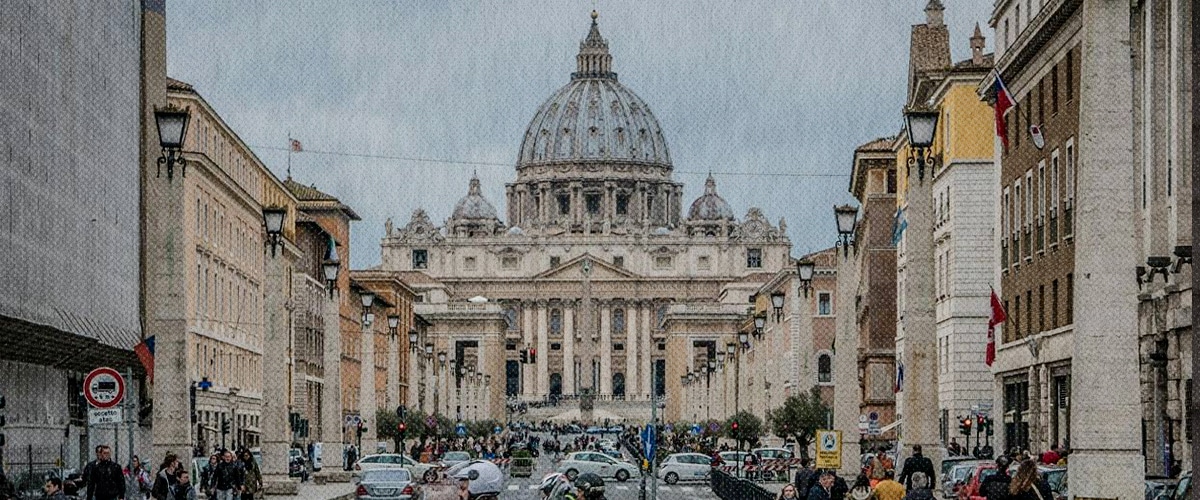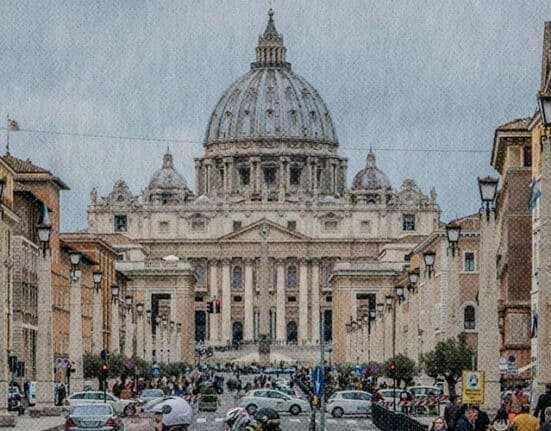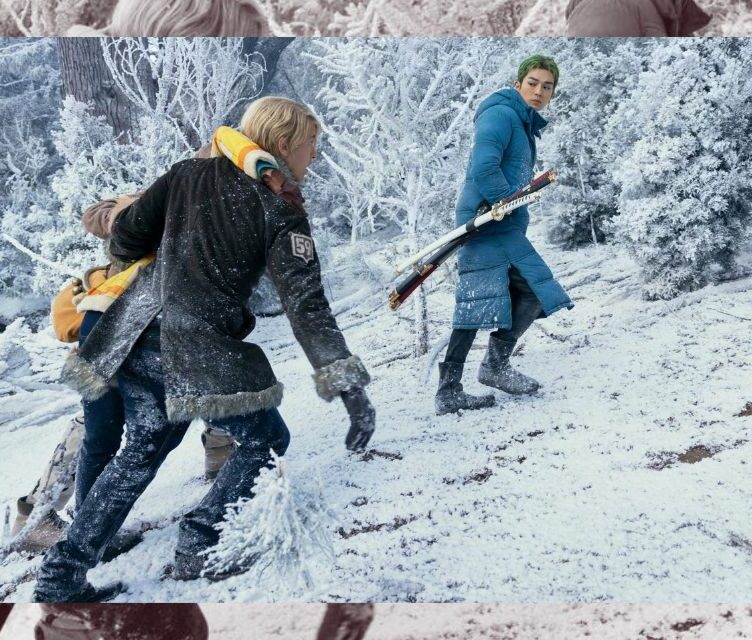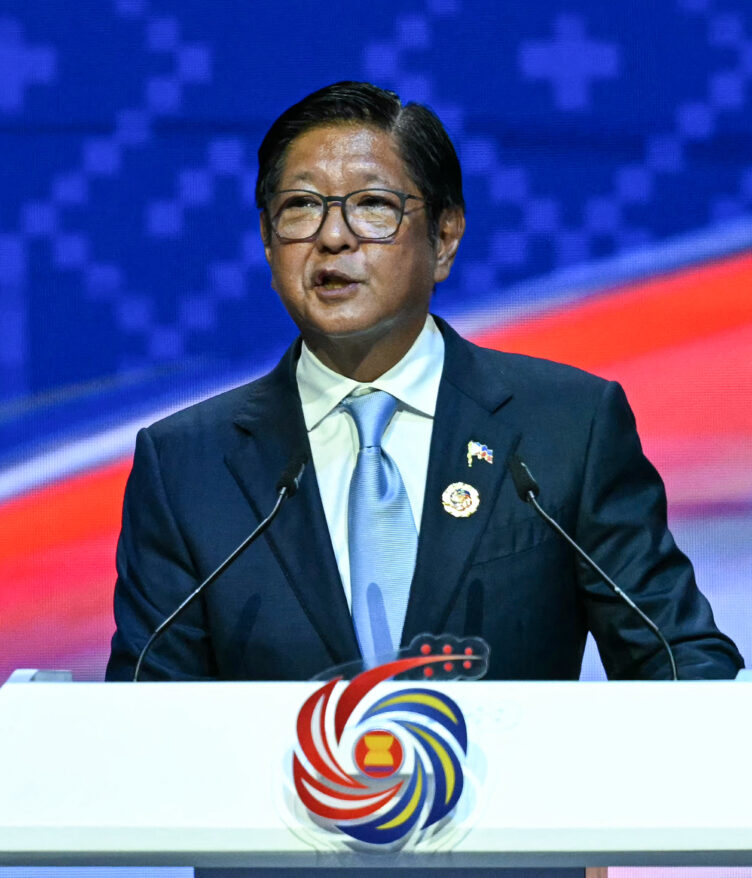FOLLOWING the death of our beloved Pope Francis last Monday, the Roman Catholic church is set to begin its elaborate traditional rituals that mark the end of one papacy and lead to the next one.
On Easter Monday, Jorge Mario Bergoglio, who is famously known as Pope Francis, died at the age of 88 from a stroke, five weeks after being discharged from the hospital due to pneumonia.
In 2024, Pope Francis simplified and changed the papal burial ceremonies, eschewing much of the glitz and glory of being the head of the Catholic Church worldwide.
The funeral mass is expected to be held in St. Peter’s Square. Francis asked to be buried in Rome’s St. Mary Major Basilica to be near his favourite icon of the Madonna and requested to rest in a simple wooden casket, unlike his predecessors, who were buried in three interlocking caskets crafted from lead, oak, and cypress.
He also asked for his body not to be displayed atop a raised platform, or catafalque in St. Peter’s Basilica for visitors to view.
The death rites
Universi Dominici Gregis (Of the Lord’s Whole Flock), the constitution that governs the majority, was adopted by Pope John Paul II in 1996 and was revised by Pope Benedict XVI in 2007 and 2013.
During the “sede vacante” known as the “empty chair” time, a cardinal known as the camerlengo (chamberlain) would oversee the day-to-day operation of the approximately 1.4 billion-member Roman Catholic Church.
He would be the one who would officially confirm the death of the pope, a simple matter these days that only involves a doctor and a death certificate.
Sometime in the 20th century, the ritual was usually done by tapping a silver hammer on the pope’s forehead three times.
The camerlengo, along with three assistants known as the cardinal electors, will select from among cardinals under the age of 80 and will determine when the pope’s body will be brought into St. Peter’s Basilica so that people can view and pay their respects.
In addition to this, they also ensure that the pope’s lead seal and “Fisherman’s Ring” are broken to prevent anyone else from using it.
Pope’s private house will also be secured by the camerlengo. This private house was previously an apartment in the Apostolic Palace, but Francis lived in a tiny suite located in the Santa Marta guesthouse in the Vatican.
Along with the other cardinals, the camerlengo cannot make major decisions affecting the church or its teachings. The heads of most Vatican departments will resign until the new pope confirms or replaces them.
The mourning rites will last nine days, with the date of the funeral and burial to be decided by the cardinals. Universi Dominici Gregis says they should start between the fourth and sixth day after his death.
The Conclave
After the death of the pope, cardinals around the world would fly to Rome, where they would discuss Church issues and outline the qualities they think the next pope should possess at their daily gatherings, that is known as general congregations.
Cardinals who are 80 years of age or older are permitted to attend the congregations, however, they are not permitted to attend the conclave–a meeting of cardinals under 80 years of age that selects the next pope.
Rooted from the Latin phrase, “With a key,” comes from the custom that dates back to the 13th century on where the cardinals were locked up to make decisions as fast as possible and to prevent them from outside influence.
They are prohibited from contacting the outside world in any way, forbidding the use of newspapers, phones, and the internet. The Vatican police will enforce the regulations with electronic security equipment.
Elections require a two-thirds-plus-one majority. A run-off between the two front-runners is held if no one is elected after 13 days, but a two-thirds plus one majority is still required.
This is to discourage looking for candidates who are willing to compromise and to encourage unity.
Once the conclave has selected a pope, the elect will be asked if he accepts the position and which name he wishes to take. If the elected pope declines, the procedure will start again.
The other cardinals pay their respects and swear allegiance to the new pope, who is seated on a throne in the Sistine Chapel and wears white robes that have been prepared in three sizes.
When an official burns the paper votes using specific chemicals to cause white smoke to flow out of the chapel’s chimney, it will serve as an announcement that a pope has been elected. An inconclusive vote is indicated by black smoke.
“Habemus Papam” or we have a Pope is announced to the masses in the plaza by the senior elector of the cardinal deacons, who is currently French Cardinal Dominique Mamberti, as he enters the central balcony of St. Peter’s Basilica.
The crowd will then witness the arrival of the new pope, who bestows his first pontificate blessing.
How useful was this post?
Click on a star to rate it!
Average rating 5 / 5. Vote count: 1
No votes so far! Be the first to rate this post.
We are sorry that this post was not useful for you!
Let us improve this post!
Tell us how we can improve this post?








